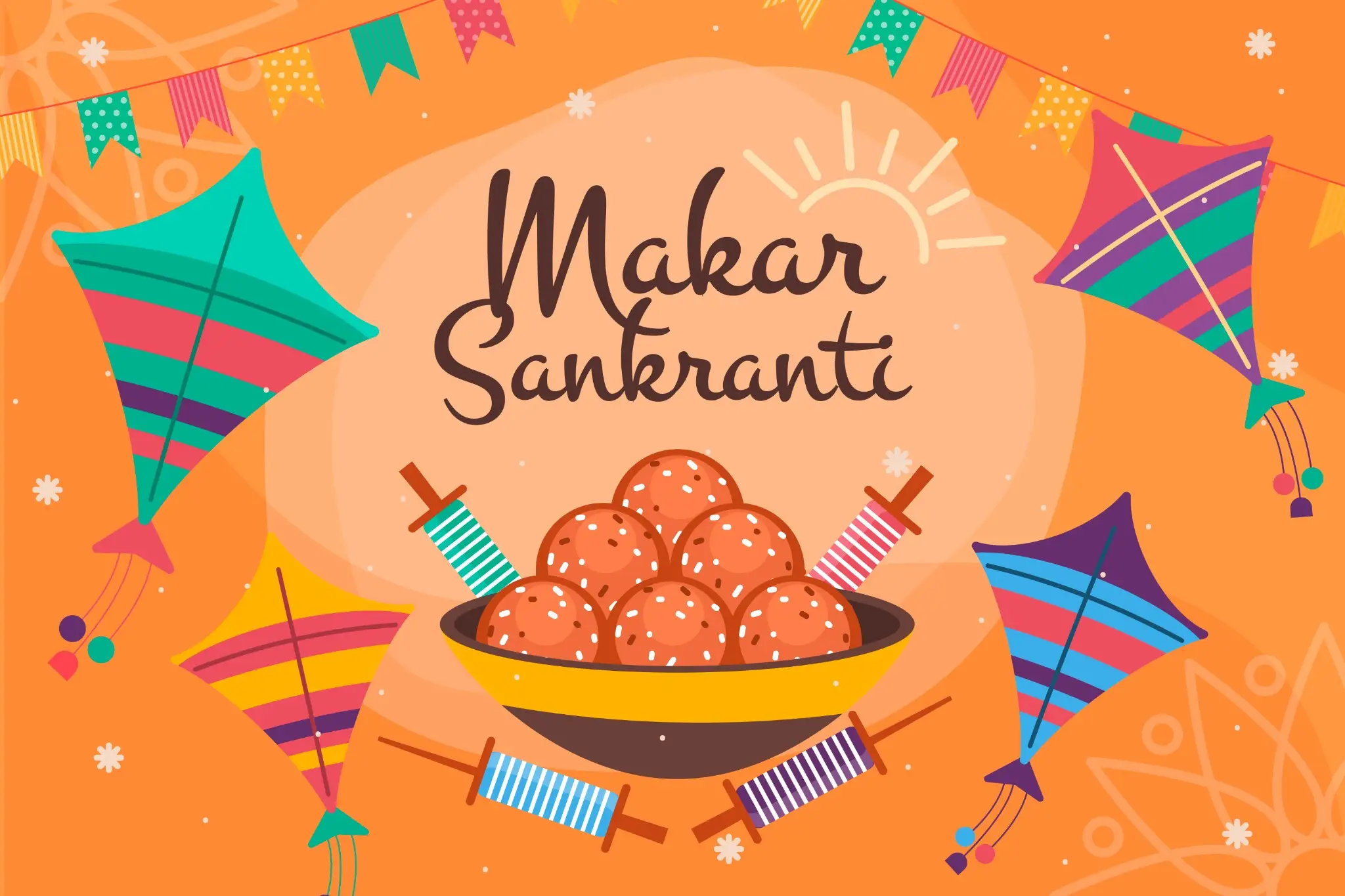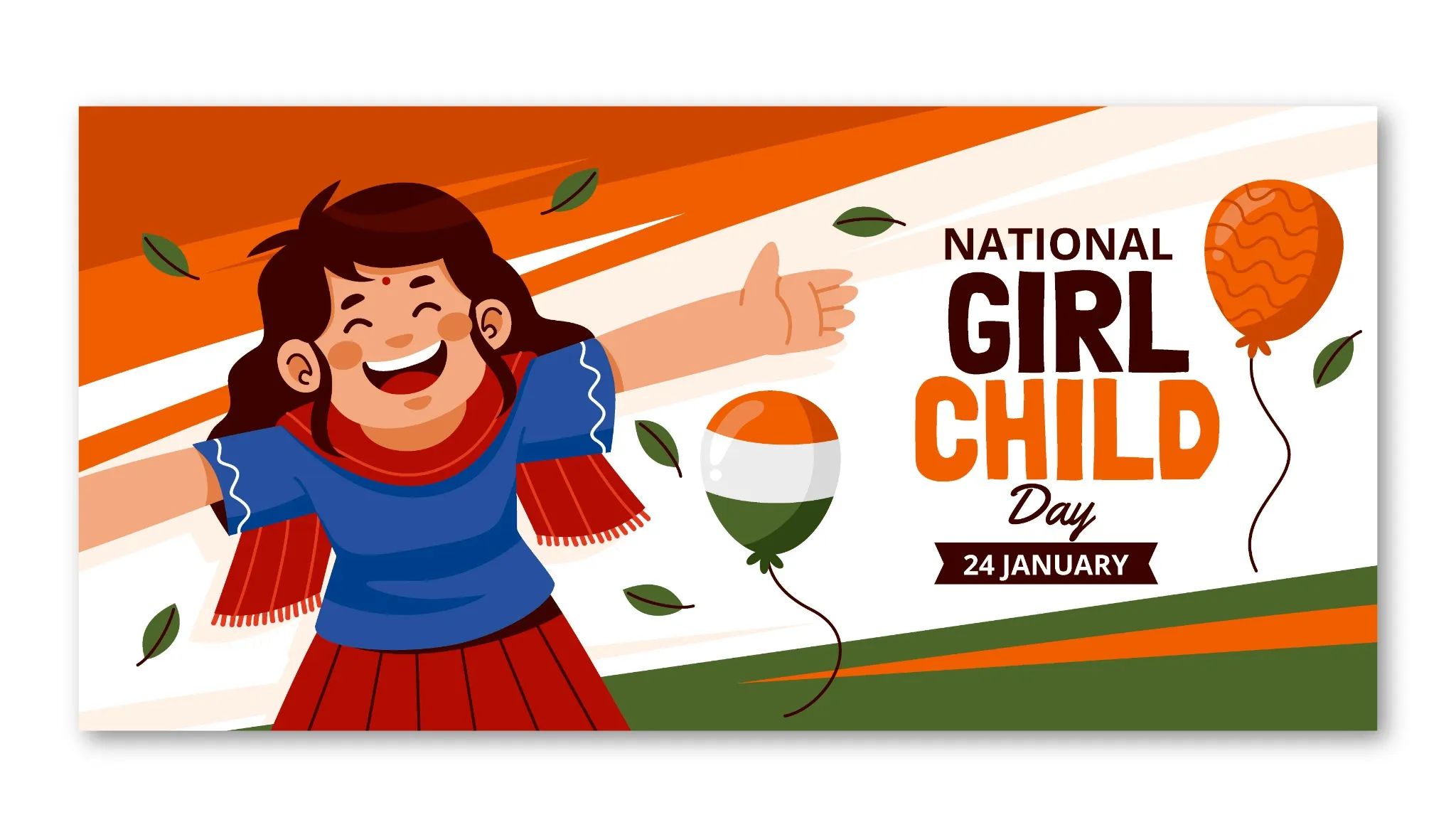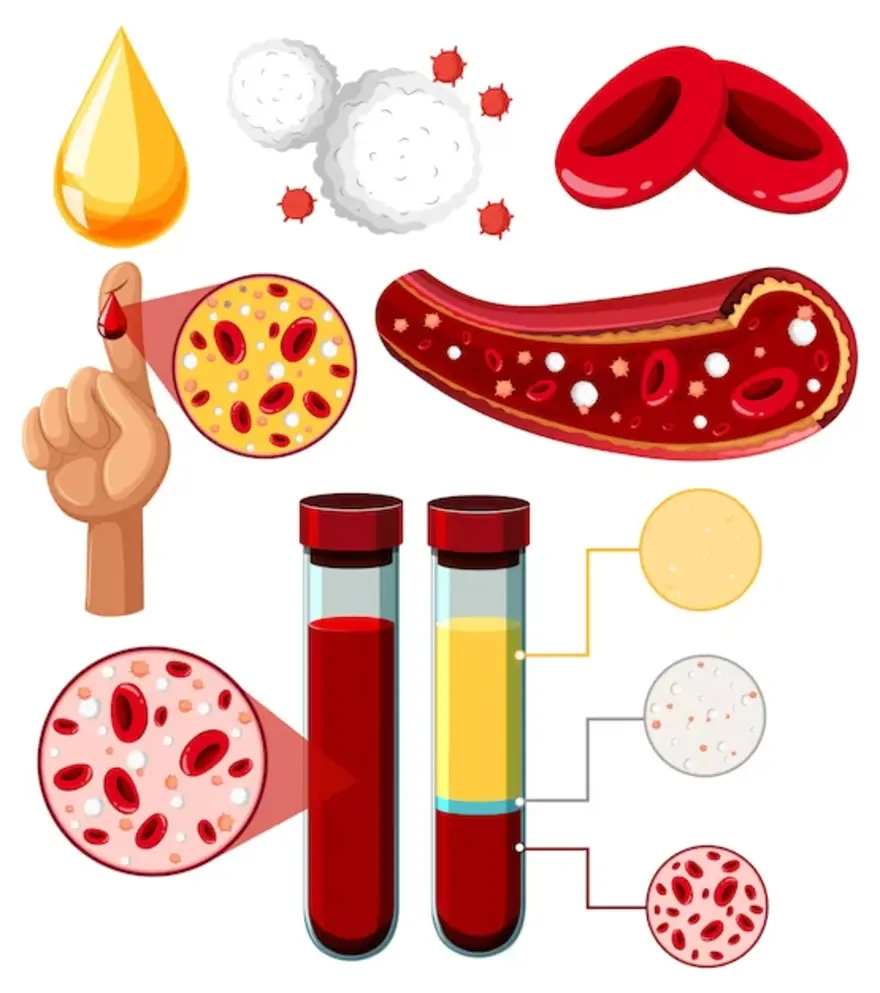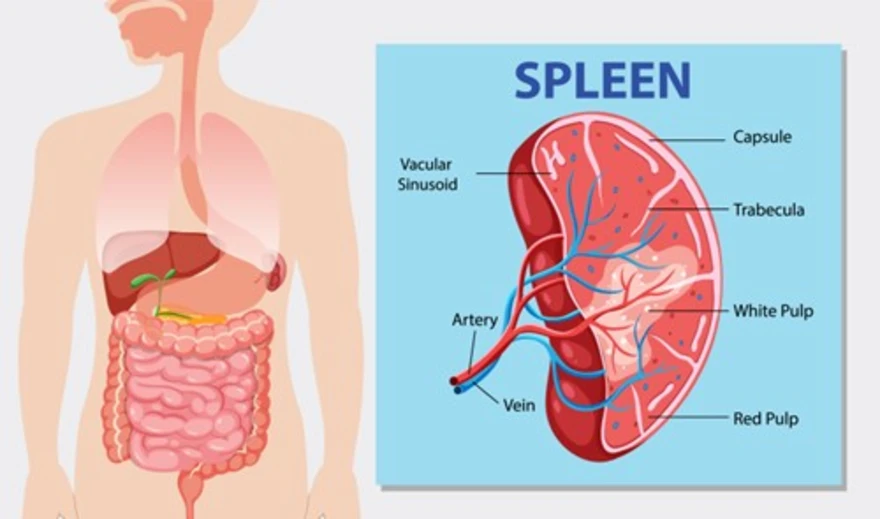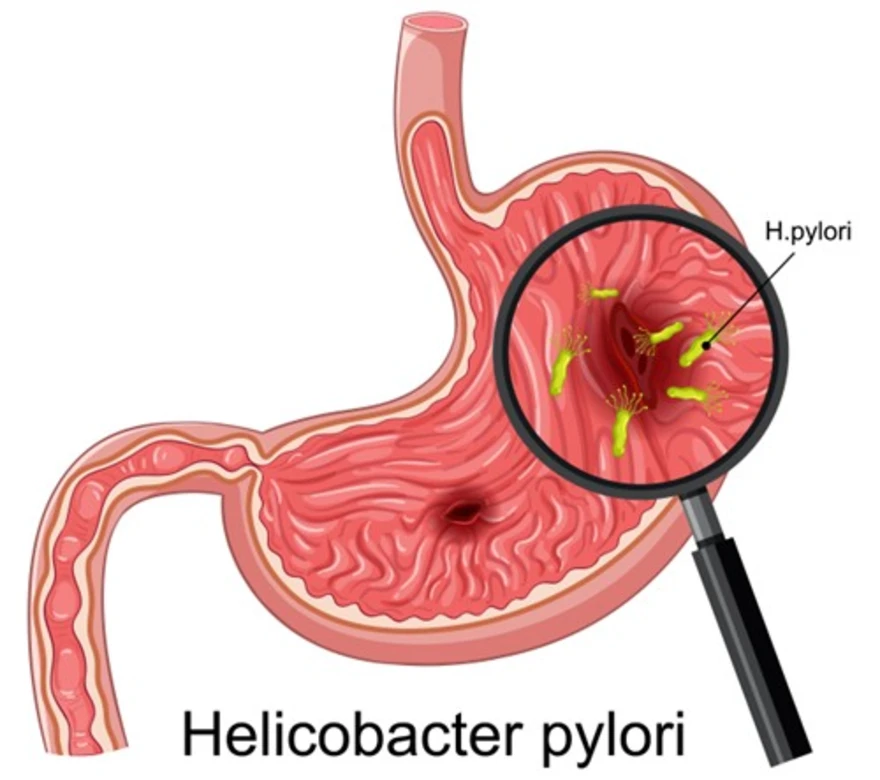Preventive Healthcare
Diet Chart For Kidney & Dialysis Patients
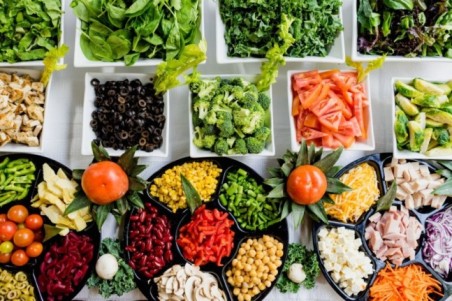
Table of Contents
Your diet is an important part of your treatment for kidney disease. Healthy eating can help protect your kidneys from further damage and help control related problems such as high blood pressure and diabetes.
Kidney Diet Chart: Understanding Chronic Kidney Disease (CKD)
Chronic kidney disease (CKD) is a condition in which your kidneys are not able to function properly. This can lead to a build-up of toxins and fluid in your body, as well as a range of other problems.
There are a number of different causes of CKD, including diabetes, high blood pressure, a family history of kidney disease and certain infections. It can also be caused by a number of different conditions that damage the kidneys such as polycystic kidney disease.
Symptoms of CKD can include fatigue, nausea, a reduced appetite and swelling in the ankles and feet. In some cases, CKD can also lead to kidney failure which can be fatal. The symptoms of CKD can develop slowly over months or years.
If you think you may have CKD, it's important to see your doctor so they can diagnose and treat the condition. There are a number of different diagnostic tests for kidney disease and treatment options available. The sooner you receive treatment, the better your chances will be of managing the condition.
What is The Need for a Diet Chart for Kidney Patients?
Kidney patients must be very careful about their diet as it can have a huge impact on their health. A diet chart for kidney patients is an important tool to help them make the right choices and stay healthy. It provides information on the types of foods that are beneficial for kidney health and those that should be avoided.
Additionally, it offers advice on portion sizes and other dietary considerations to ensure that kidney patients get the nutrition they need without putting too much strain on their kidneys. With a diet chart for kidney patients, you can make informed decisions about what to eat and how much of it, ensuring that you are getting the necessary nutrients while avoiding any potential risks associated with a poor diet. An ideal diet chart for kidney patients should be low in protein, potassium, phosphorus and sodium and it should be rich in vitamins such as B6, B12, niacin and biotin.
Diet Chart for Kidney Patients: Things to Consider
If you are a kidney patient, you may be wondering what the best diet is for you. While there are many different opinions on the matter, the truth is that there is no one-size-fits-all diet for kidney patients. However, there are certain general guidelines that can help you create a diet plan that is right for you. Here are the top six things to consider:
Protein Intake
Kidney patients need to be careful about their protein intake as it can put a strain on the kidneys. A high-protein diet can lead to increased intraglomerular pressure which may aggravate chronic kidney disease. Instead, a low-protein diet chart for kidney patients should contain lean proteins such as fish, tofu, chicken and beans.
Fluid Intake
It is important to stay hydrated but kidney patients need to be careful about the type and amount of fluids they consume, as too much can lead to swelling and other problems. It is important to talk to your doctor about how much fluid you should be drinking each day.
Potassium Intake
Kidney patients need to limit their potassium intake as it can lead to high blood pressure as people with chronic kidney disease are not able to process high amounts of potassium. This may lead to dangerously high levels of potassium in the blood. Ideally, the diet chart for kidney patients must include foods that are low in potassium such as tomatoes, carrots and apples.
Phosphorus Intake
Kidney patients need to limit their phosphorus intake as it can lead to calcium loss as your body may not be able to process excess phosphorus. A diet chart for kidney patients should contain foods that are low in phosphorus such as milk, cheese and yoghurt.
Sodium Intake
Sodium intake should be limited as it can lead to fluid retention and high blood pressure which can be extremely dangerous for the patient. People with CKD should limit their sodium intake to 1500 mg/day. Thus you should choose foods that are low in sodium such as fresh fruits and vegetables.
Vitamins and Minerals
Vitamins and minerals are essential for kidney patients as they help to boost the immune system and maintain overall health. Kidney patients need to make sure they are getting enough renal vitamins such as B1, B2, B6, B12, folic acid and some amount of vitamin C.
To sum up, an ideal diet chart for kidney patients should moderate in protein, include plenty of fresh fruits and vegetables, limit sodium, avoid processed and high-fat foods, drink plenty of fluids and be customized to the individual.
Conclusion
If you are suffering from chronic kidney disease or any other renal issue, the first thing to keep in mind is that you need to limit your intake of phosphorus and potassium. These two minerals can be found in many common foods, such as meat, dairy products and certain fruits and vegetables. It is important to limit your intake of these foods to prevent your kidneys from working overtime.
Another important consideration is your fluid intake. Stick to water and unsweetened beverages. In general, a diet chart for kidney patients should be low in protein as well as in phosphorus, potassium and sodium. Your healthcare provider and dietitian can help you create a customized diet plan that meets your individual needs.








